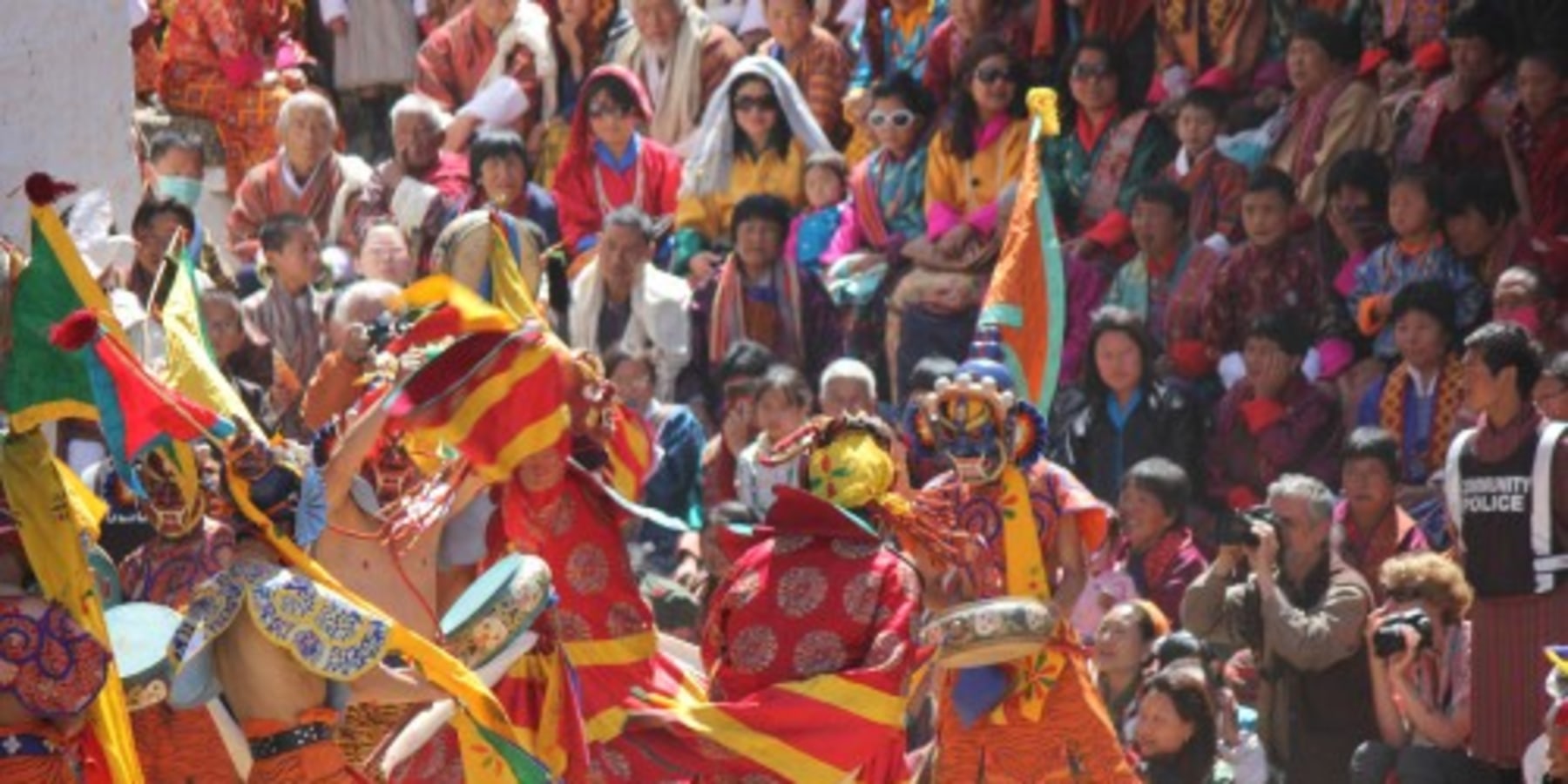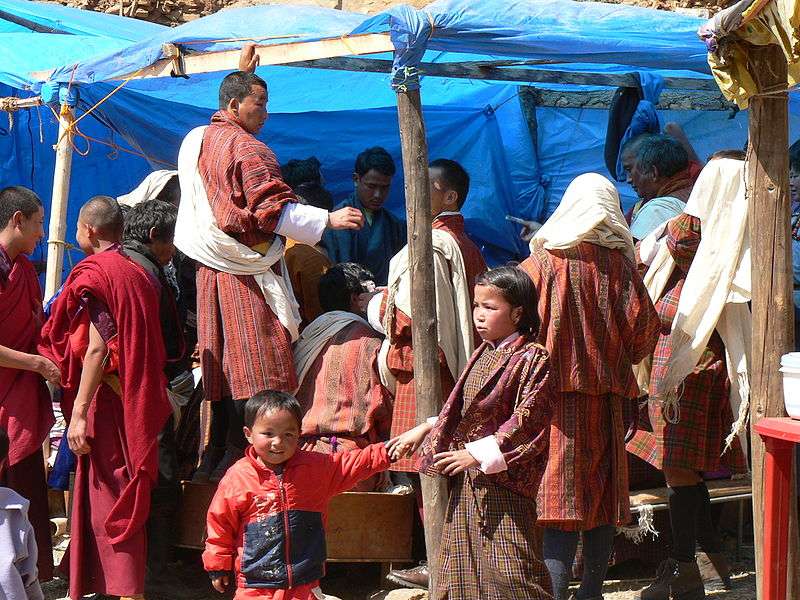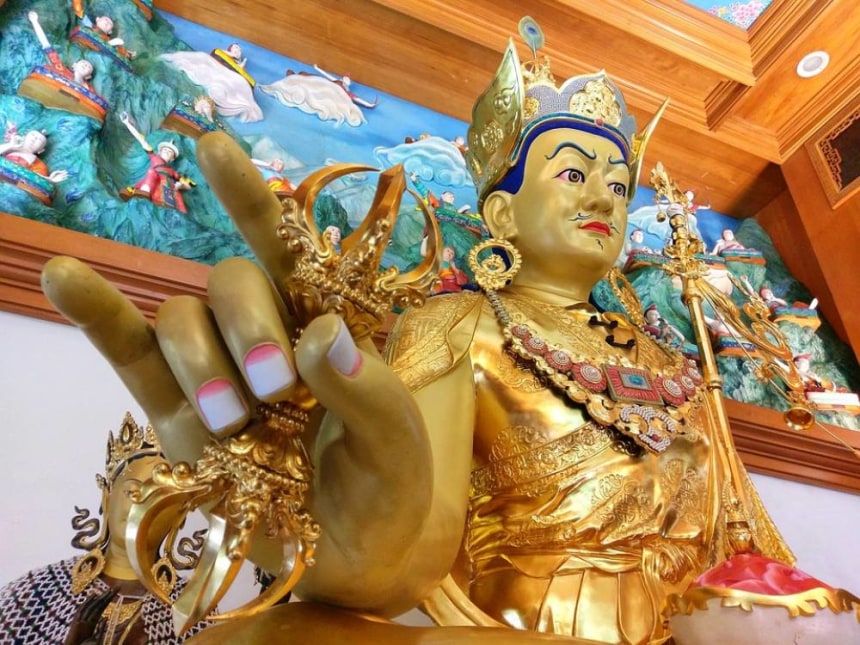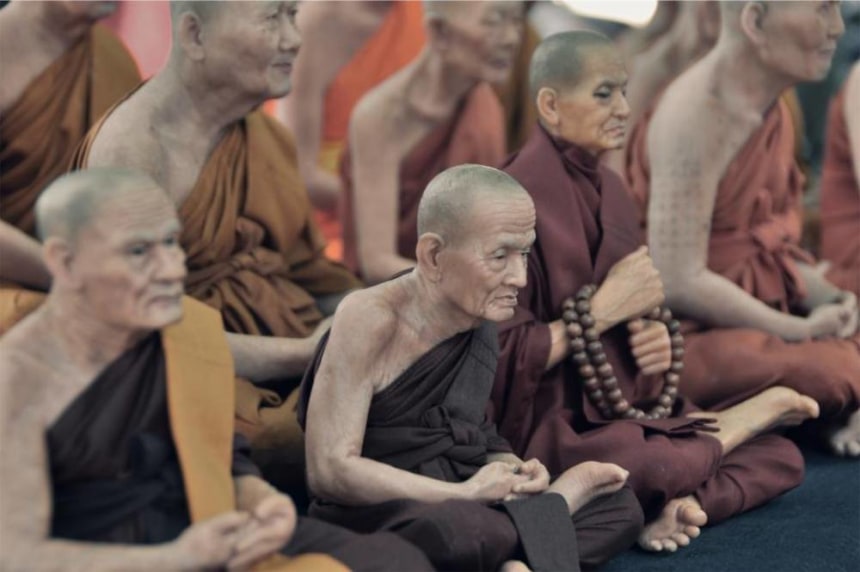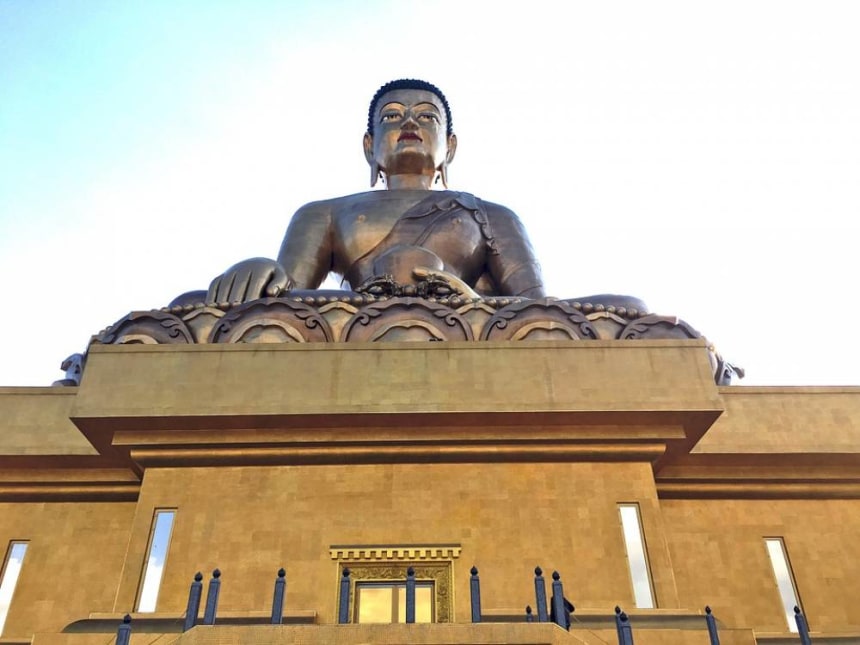
Bhutan is one of the most religious countries in the Tibetan Buddhist world. And like in all Buddhist nations, festivals have a special place in the heart of its residents. Most of the Bhutanese festivals commemorate the deeds of the Buddha, or those of the great masters of the past associated with one Buddhist tradition or another.
Bhutanese culture is characterized by religious celebrations. Its people love socializing, attending festivals, joking, playing, and doing all the things that help them to be in the spirit of celebration. Religion and social life are so intrinsically linked in the culture that some festival appears to be taking place somewhere in Bhutan throughout the year. Among these festivals, one of the most recognized and attended by the masses is the Tsechu festival (‘Tse’ means ‘date’ and ‘Chu’ means ‘ten’; i.e. ’10th day’). This festival is celebrated to commemorate the great deeds of the 8th century Tantric Master Guru Padmasambhava.
The Tshechu is a festival in honor of Padmasambhava- "one who was born from a lotus flower", popularly known by the name “Guru Rimpoche” the Precious Master. This Indian saint contributed enormously to the diffusion of Tantric Buddhism in the Himalayan region of Tibet, Nepal, and Bhutan etc. around 800 A.D. He is the founder of Nyingmapa, the "Old School of Lamaism" which still has numerous followers. The biography of Guru Rimpoche is highlighted by 12 episodes on the model of Buddha Shakyamuni’s life. Each episode is commemorated around the year on the 10th day of the month by "Tshechu" which has become the name of a very popular festival. The dates and the duration of the festival vary from one district to another but they always take place on or around the 10th day of the month according to the Bhutanese calendar.
Mask Dance during Tshechu
During Tshechu the dances are performed by monks as well as by laymen. The Tshechu is a religious festival and it is beleived that by attending it, one gains merits and blessings. It is also a yearly social gathering where people come together to rejoice, dressed in all their finest outfits.
Meaning and History of the Thanka in Paro Buddhas and Bodhisattvas possess indiscernible virtues which liberates them from sufferings. It uplifts even those who fall straight into hell after having committed such sins as killing parents and breaking the vow to their clerical brothers and lamas.
There, people have only to think, to touch, to taste, to smell, to listen and to see the support of body (i.e. statue), speech (book) and mind (i.e. chorten/stupa) of the Buddha and Bodhisattvas.
This is called liberation of the mind, by touch, by knowledge, by taste, by smell, by listening and by seeing. The people who know virtuous and unvirtuous deeds, because of their devotion and faith in the support of body, speech and mind of the Buddha, have created the Thanka, a mere sight which liberates the individuals. In this mundane world, there is nowhere to be found, a more superior treasure.
In order to have all the sentient beings who are now a days impure, the Buddhas of ten direction have consulted each other and have united all their virtues of compassion resulting in the arrival of Ugyen Rinpoche on earth.
During a previous life, he was born as a son to a woman of poultry farmer. At that time, while he was establishing the great Chorten of Jarungkhashor (Boudhanath in Nepal), he made a powerful vow to have compassion for sentient being particularly those of Nepal, Bhutan and Sikkim. As a result of his vow, he is giving compassion and blessing to them, for more rapidly than the other Buddhas.
This is why our accomplished forefathers made the great Thanka, which represents Ugyen Rinpoche and his eight Manifestations, the sight of which liberates. They also established the code of veneration and offerings to it.
Both in this life and the next, it is hoped that those who have a great desire to be redeemed from transmigratory existence develop and protect this excellent ancient costume.
Shugdrel Ceremony (Blessing and offering ceremony performed by the monk body infront of the Thanka). Regardless of the size and the importance of any auspicious occasion, we must complete the Shugdrel Ceremony to show the main achievement of the glorious Drukpa.

